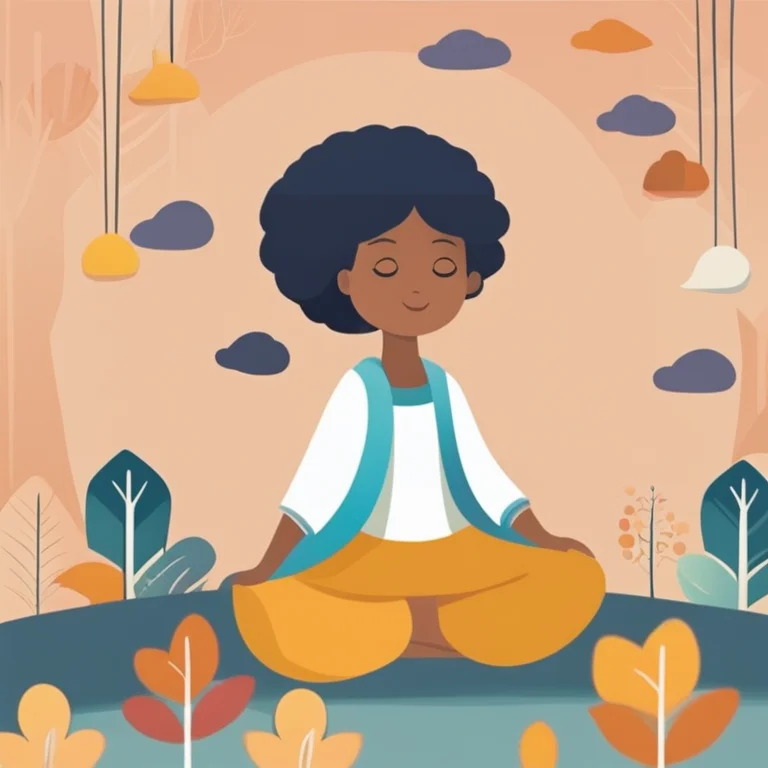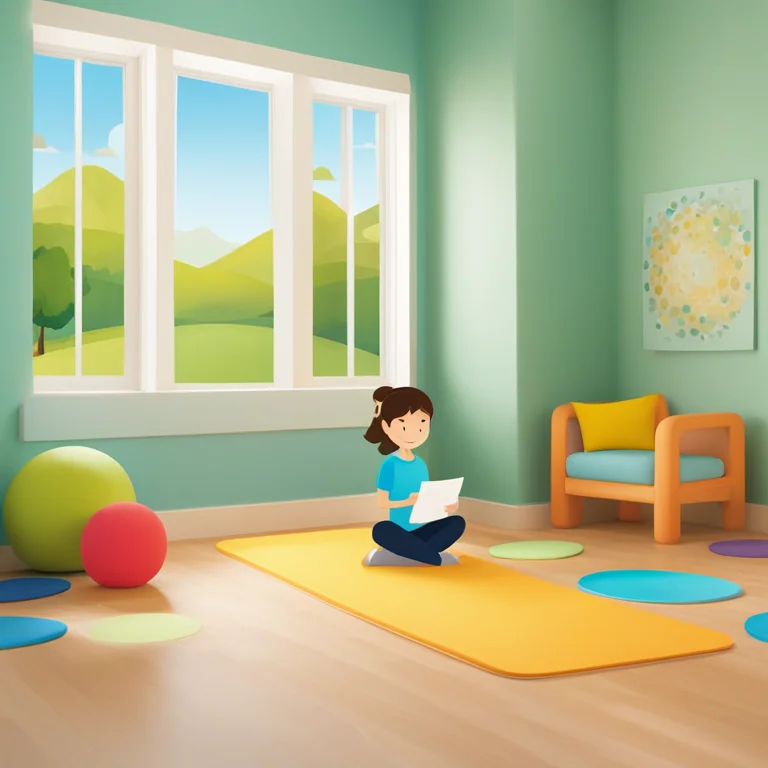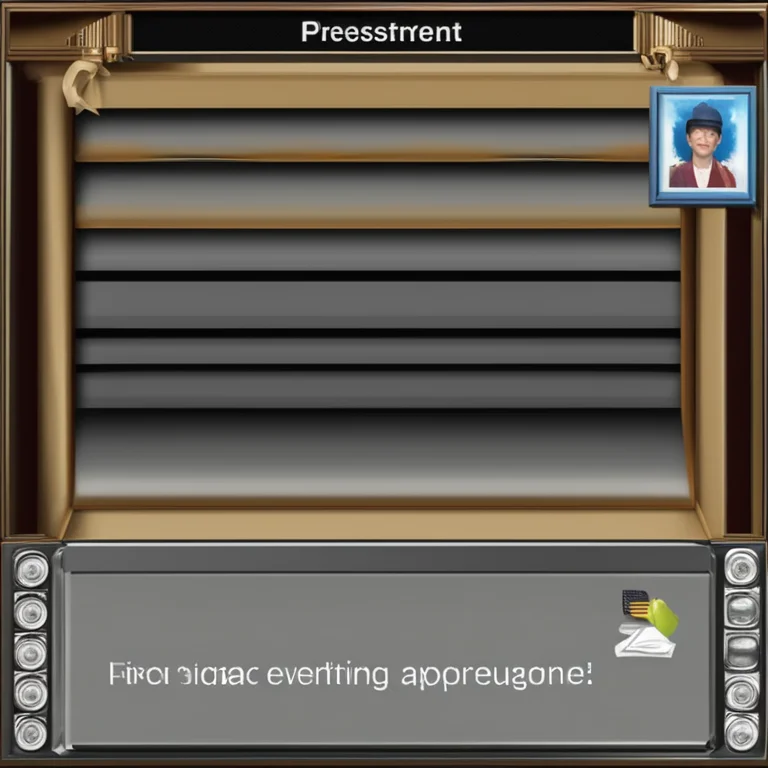
Meditation Basics for First Graders
Discover simple mindfulness meditation techniques tailored for first graders to foster focus, calm, and emotional management in the classroom.
article by Hina Kurosawa
Introducing Mindfulness to Young Minds
Integrating mindfulness into the lives of first graders offers significant benefits, impacting their attention, stress levels, and emotional well-being. It's a practice that can be easily adapted to young children, using language and activities suitable for their age. When teaching mindfulness to first graders, it's crucial to present it as a fun and engaging activity rather than a task. By doing so, we lay the foundation for a life-long skill that can greatly enhance their ability to concentrate and deal with various emotions in a healthy way.

Creating a Safe Space
The first step to effective mindfulness meditation for first graders is creating a physical and psychological space that feels safe and inviting. Classrooms can be transformed into calm corners with the use of comfortable seating, soft lighting, and minimal distractions. Encouraging children to think of this space as a personal retreat can make the meditation experience more inviting. A calm environment helps the children to center their thoughts and start recognizing the importance of quiet time in their daily routine.

Simple Techniques for the Young
Given their developmental stage, mindfulness practices for first graders should be simple and relatively short. Techniques such as "The Breathing Star," where children inhale and exhale as they trace a star shape with their fingers, are perfect. "The Quiet Game" is another effective practice where children learn to enjoy silence and stillness. Such activities not only introduce them to controlling their breath but also to understanding how stillness can be a pleasant state.

Integrating Stories and Imagination
Children love stories, and embedding mindfulness into storytelling is a powerful way to capture their attention. We can use tales that emphasize the importance of being present and aware of our surroundings. Teachers can incorporate mindfulness pauses into story-time, prompting children to close their eyes and visualize the narrative world, enhancing their focus and imaginative capabilities.

Encouraging Regular Practice
The key to reaping the benefits of mindfulness meditation is consistency. For first graders, integrating short, daily sessions can make a substantial difference. This could be a few minutes at the start or end of each school day. When mindfulness becomes a routine, children are more likely to continue the practice outside of the classroom and utilize the techniques when they encounter stressful situations.
Mindfulness Throughout the Day
Beyond dedicated meditation time, mindfulness can be woven into various classroom activities. It can be as simple as taking a deep breath before starting a new task or having a minute of silence after recess. Teachers who model mindfulness practices by openly engaging in them themselves set a powerful example, illustrating that paying attention to the present moment is a valuable skill.
Engaging Parents and Guardians
To extend the impact of mindfulness meditation, schools should involve parents and guardians. Providing resources, workshops, or even simple take-home activities can encourage mindfulness to become a part of the child's home environment. When both home and school environments support this, children receive consistent messages about the value of being present and aware, enhancing the overall effectiveness of the practice.
Published: 1/9/2024
Modified: 1/9/2024
More predictions
Come back here soon to learn more about yourself and your future


Delving Into Meditation Queries for Spiritual Guidance
Discover insightful meditation questions that guide your spiritual journey, foster inner clarity, and enhance your metaphysical practices.


Mindful Meditation: A Journey to Weight Loss
Discover how mindful meditation can be an effective tool for weight loss, helping you to create a harmonious mind-body connection for better health.


Mindfulness Meditation for Young Students
Mindfulness meditation practices tailored for first graders to foster attention, calmness, and emotional regulation.